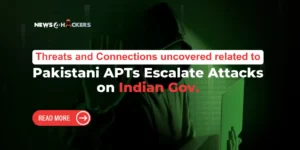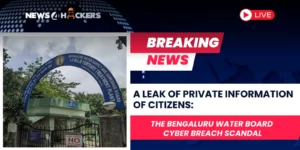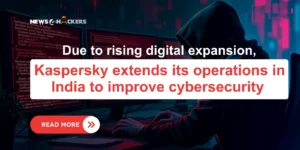SpaceX Looks At Starlink’s Expansion In India
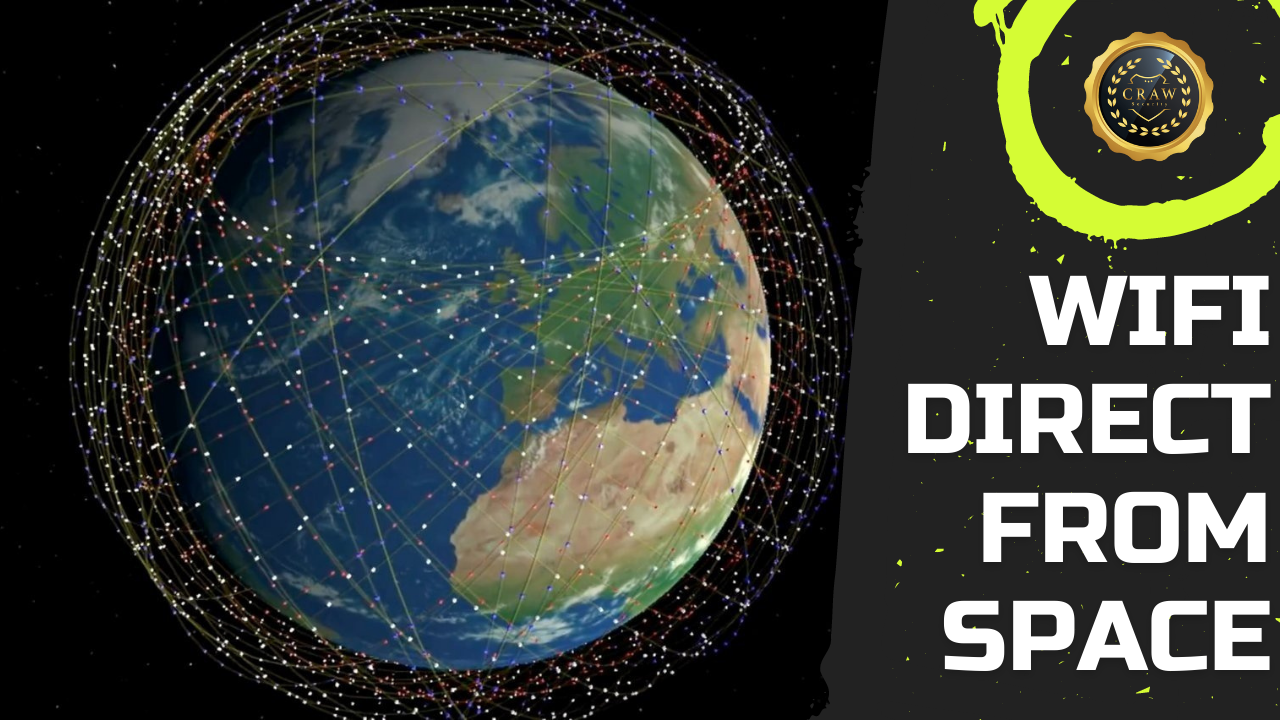
SpaceX Looks At Starlink’s Expansion In India
Starlink is the legendary satellite Internet service company, which is affiliated with Elon Musk’s SpaceX. After Sanjay Bhargava is appointed as Starlink’s national director, the company will make its debut in India.
Bhargava announced in a LinkedIn post, that SpaceX will initially focus on the 10 rural Lok Sabha constituencies.
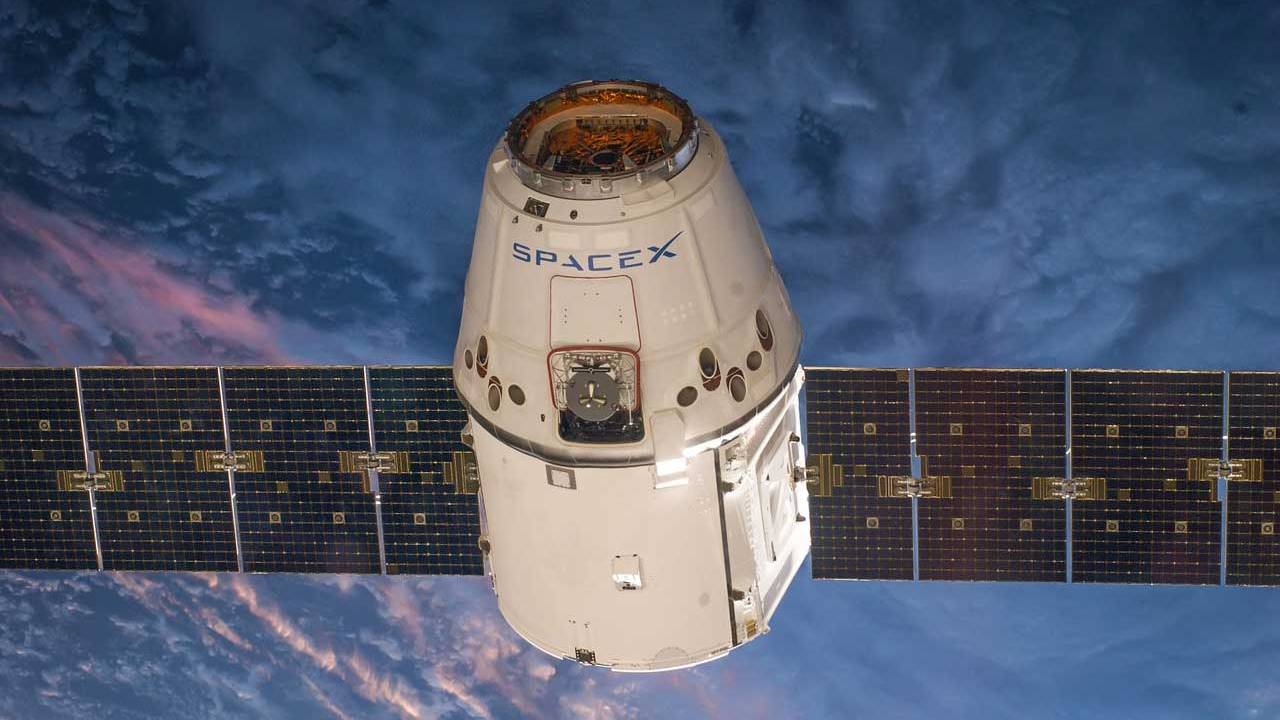
This development began nearly six months after SpaceX encountered regulatory hurdles when attempting to launch a Beta test of the Starlink service in India. The Broadband India Forum (BIF) opposed this launch.
The forum argued that SpaceX does not have any form of license or authorization to provide Internet services in India. BIF is an independent policy forum and think tank, representing companies such as Amazon, Hughes, and Google. Some of them are launching their own competitive services
Low-Earth Orbit Satellites: A High-Risk Business
SpaceX launched a low-earth orbit satellite (LEO) “constellation” in 2019 to provide high-speed Internet to remote areas of the world, making headlines.
Since then, the company has been busy launching 60 satellites in batches to achieve their goal of creating a “mega constellation” of 30,000 satellites to bring the Internet to all parts of the world.
Currently, Starlink serves more than 14 countries, including France, Germany, the United Kingdom, the Netherlands, Portugal, etc. In a tweet in August, Elon Musk mentioned that license applications are pending in many countries/regions.
SpaceX is not alone. Jeff Bezos and Richard Branson joined the competition with Project Kuiper and Virgin Orbit, respectively. In order not to be left behind by the hateful billionaires, China’s state-owned telecommunications company plans to launch a constellation of more than 10,000 satellites called StarNet.
The Indian multinational company Bharti Enterprises, together with the British government and SoftBank, jointly owns another satellite internet company OneWeb. OneWeb is also part of BIF.
Unlike traditional satellites that orbit about 36,000 kilometers above the earth, low-Earth orbit satellites orbit between 500 and 2000 kilometers. Due to its proximity to the surface of the earth, LEO satellites can transmit data at a faster speed, thereby speeding up the Internet.
This means that even people living in remote areas can access high-speed Internet without having to invest in expensive fiber-optic infrastructure in the area.
India’s Big Digital Divide
As schools across the country switch to distance learning, the pandemic has exposed clear inequalities in Internet access. Even the few students who are lucky enough to have internet-enabled devices at home find themselves contending with the snail-like 2G internet speed.
The lack of the Internet not only affects students; it disconnects an entire part of our population from the rest of India and its growth.
When Mukesh Ambani launched Jio 4G and disrupted the mobile Internet market, the pricing provided by the newly established telecommunications company at the time made competitors compete for mobile Internet pricing.
For a while, India even had the cheapest internet in the world. But even this “democratization” of the Internet is not enough to bridge the country’s huge digital divide.
When you compare rural and urban data, the connectivity gap is especially obvious. There are approximately 323 million urban Internet users, while only 299 million rural users. India has an urban population of 485 million and a rural population of over 948 million.
Private companies have no incentive to deploy the extensive cable networks needed for broadband Internet in sparsely populated areas. In areas where the subscribers are far apart and in between, even the establishment of mobile signal towers is not feasible.
In theory, this is where Starlink comes in. To access the Internet through this service, you only need a terminal (receiver), a device that supports the Internet, and an electrical connection. But for areas in India that desperately need better connectivity, services like Starlink will put the cart before the horse.
More than 200 million food-insecure people and more than 280 million illiterate people are willing to exchange thousands of satellites for education and a meager salary. With an initial investment cost of US$499 (Indian rupees 36,000+) and a monthly subscription cost of US$99, Starlink is unlikely to benefit the less wealthy.
Unless large-scale government subsidies are involved, SpaceX’s ambitions in India seem to be mainly aimed at the wealthy who live or travel to rural areas with a lack of Internet infrastructure.
But the wrong goal is not the only challenge SpaceX faces in Starlink in India. Members of the powerful Broadband India Forum either already have competing products on the market or will soon launch them. They are likely to lobby against SpaceX’s efforts in the future.
The new technology also raises overall concerns about “national security.” For a country that reported a large number of Internet closures and communication channels during civil unrest, high-speed satellite Internet would become a disturbing loophole.
Unsurprisingly, this is the same reason China decided to deploy a state-owned satellite constellation to compete with SpaceX: so that the national bureaucracy can continue to control all communication channels.
If Starlink must succeed in India, it must be like other Internet service providers, crossing many regulatory barriers and becoming a service that complies with government regulations.
Information source: compiled from INC42 by 0x information. The copyright belongs to the author Sethu Pradeep, and may not be reproduced without permission


